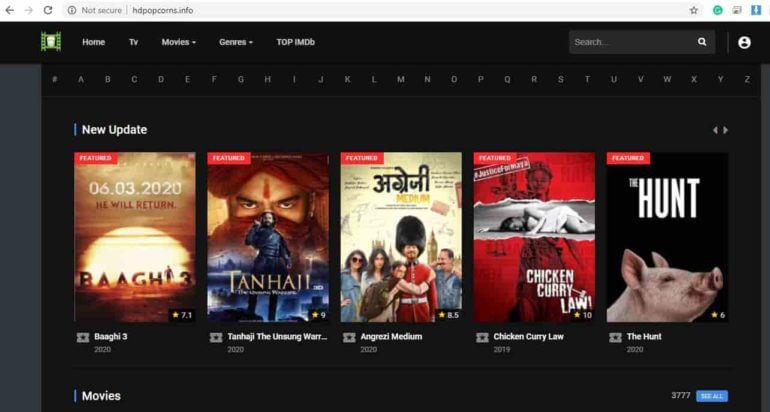From PDF E-books to Interactive Playgrounds
In the early days of digital learning, educational content primarily existed in static formats, particularly the ubiquitous PDF e-book. These virtual clones of physical textbooks were convenient and portable, preserving text and layout effectively. However, as digital technologies evolved, so too did the expectations and capabilities of learners and educators alike. What began as simple digital replicas has now transformed into dynamic, interactive learning environments—digital playgrounds where learners engage deeply, experiment freely, and collaborate globally.
This evolution from flat, linear documents to rich, responsive platforms has been nothing short of revolutionary in the field of education technology. The transition reflects both a shift in technological infrastructure and a philosophical reimagining of how people learn best in the digital age.
The Limitations of the PDF E-Book
Table of Contents
PDF e-books serve a purpose: they are easy to distribute, and they retain consistent formatting across platforms. But they lack interactivity. The passive nature of reading a PDF is akin to flipping through a physical book—offering limited engagement, restricted adaptability, and virtually no interactivity. For learners in today’s fast-paced, information-driven society, this format falls short in delivering an immersive learning experience.
Moreover, traditional PDFs provide little to no integration with educational tools such as quizzes, annotations, real-time collaboration features, or content updates. Their rigidity is especially limiting in subjects which benefit from experiential learning like science, coding, and mathematics.

The Rise of Educational Interactivity
Modern educational tools have moved towards increased engagement and personalization. This is evident in the rise of platforms like Khan Academy, Duolingo, and Scratch, where learners are participants—not just readers. These platforms employ methods such as gamification, adaptive learning technology, and multimedia content to enhance effectiveness and retention.
Among the most exciting advances is the concept of interactive digital playgrounds. These aren’t literal playgrounds, but rather dynamic e-learning environments that simulate the stimulating, discovery-rich conditions of a physical play area. Here, learners explore content through interaction, trial and error, problem solving, and creativity.
Characteristics of a Digital Learning Playground
Digital learning playgrounds differ markedly from conventional e-books, even those enhanced with hyperlinks or embedded videos. Their defining traits include:
- Interactivity: Learners can manipulate objects, run live code, and conduct virtual experiments within the learning interface.
- Gamification: Integrating game-like elements such as badges, levels, and real-time feedback to motivate engagement.
- Personalization: AI-driven platforms adapt content difficulty and format to suit individual learning styles and paces.
- Collaboration Features: These platforms often allow for peer discussion, shared projects, and teacher oversight in real time.
- Data-Driven Insights: Educators can track learner progress, identify roadblocks, and tailor instruction accordingly.

Interactive Learning in Action
A perfect example of the interactive playground in action is Code.org, a platform designed to teach coding through fun, gamified experiences. Instead of reading code theory in a PDF, students jump straight into building simple programs. They see immediate feedback, learn actively, and can move at their own pace.
Another compelling innovation is Nearpod, which enables educators to create lessons infused with quizzes, VR experiences, and collaborative boards. Teachers can assess student understanding in real-time and modify instruction based on live feedback, embodying the principles of formative learning and responsiveness.
These platforms do not replace teachers; rather, they empower both students and educators by making the learning process richly interactive and highly responsive. Ultimately, they cultivate curiosity, persistence, and resilience—skills vital for lifelong learning.
Benefits of Moving Beyond PDFs
The shift from traditional PDF e-books to interactive educational tools offers numerous advantages:
- Enhanced Engagement: Learners are more involved and invested in interactive environments that provide rewards and visualizations for progress.
- Improved Retention: Hands-on experiences have been shown to boost conceptual understanding and long-term memory.
- Accessibility: Adaptive interfaces cater to students with a range of learning needs and physical abilities.
- Continuous Improvement: Digital platforms can be updated regularly with new material, ensuring that learners access the most current and relevant content.
The contrast is stark: where PDFs are static and one-size-fits-all, interactive platforms are dynamic and learner-centric.
Challenges to the Transition
Despite their benefits, the transition to interactive digital platforms isn’t without challenges. These include:
- Infrastructure Gaps: Schools and learners in underserved communities may lack the necessary hardware or reliable internet access.
- Cost: Licensing modern educational platforms can be expensive for institutions already stretched financially.
- Resistance to Change: Some educators and institutions may be hesitant to transition from familiar paper-based or PDF-centered curricula.
- Learning Curve: Both teachers and students may require time and training to effectively use new technologies.
Addressing these barriers will require coordinated effort across governments, technology providers, and education systems. Yet, the long-term payoff—in terms of student outcomes and teacher satisfaction—is enormous.

The Future of Educational Content
Looking ahead, the trajectory is clear: educational content will continue to evolve beyond predefined formats. Augmented Reality (AR), Virtual Reality (VR), and Artificial Intelligence (AI) are poised to redefine how learners interact with information. Imagine students walking through a historical event via VR or conducting simulated chemistry experiments in a 3D space—all from their tablets or headsets.
Even content providers known for e-books, such as Amazon and Apple, are developing means of injecting interactivity into their offerings. As these digital ecosystems mature, the educational divide between the well-resourced and the underserved must also be bridged—because the benefits of interactive learning must be equitably distributed.
Conclusion
The journey from PDF e-books to interactive playgrounds encapsulates a broader transformation in education: from static to dynamic, from passive receipt of knowledge to active construction. As tools become more immersive and user-friendly, learners of all ages are engaging with ideas in deeper, more meaningful ways than ever before. The digital playground is not just a metaphor—it’s a vision for the future of learning itself.
FAQ: From PDF E-Books to Interactive Playgrounds
-
Q: What is an interactive digital playground?
A: It’s a dynamic, virtual learning environment where students interact with content through activities like simulations, quizzes, coding, and real-time feedback. -
Q: Can interactive tools replace traditional textbooks?
A: While they may not completely replace textbooks, they significantly enhance learning by offering a more engaging and adaptable experience. -
Q: Are interactive learning platforms suitable for all subjects?
A: Yes, though some subjects like languages, science, and coding benefit more directly. Others may combine static texts with interactive supplements. -
Q: How can schools transition from PDFs to interactive platforms?
A: Transitioning involves infrastructure upgrades, teacher training, and choosing the right tools based on curriculum needs and student demographics. -
Q: Are there any free platforms that offer rich interactive experiences?
A: Yes. Examples include Khan Academy, Scratch, Code.org, and some Google for Education tools—all offering major features for free.






